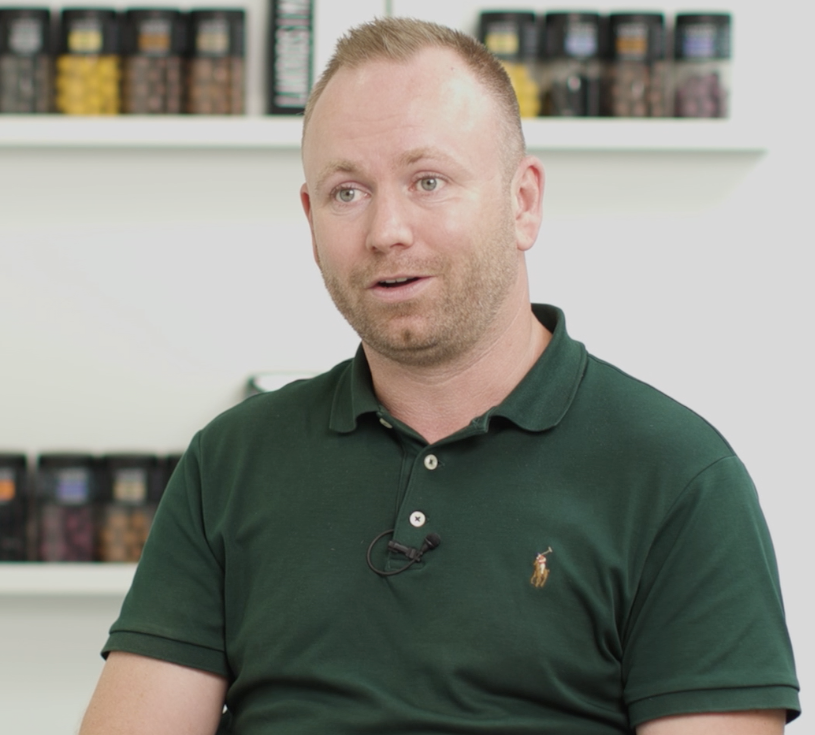Case
How LAKRIDS BY BÜLOW increased its sales outside of peak season

Could Facebook and Instagram advertising turn liquorice into a year-round delicacy?
It could indeed.
Case

Could Facebook and Instagram advertising turn liquorice into a year-round delicacy?
It could indeed.

In 2007, Johan Bülow started up a company with a dream of teaching the entire world to love liquorice. Originally, Johan produced the liquorice in his mother’s kitchen on the island of Bornholm. He worked hard at finding the perfect recipe. For Johan, the product always comes first. Today, LAKRIDS BY BÜLOW offers countless different liquorice products that are available in both physical and online stores all over the world.
How do you turn off-season into in season? LAKRIDS BY BÜLOW wanted to create more stability across seasons by selling its products in its own online shop. In other words, it wanted people to eat liquorice year-round. The task looked like a difficult one. Nevertheless, through a successful partnership with us, LAKRIDS BY BÜLOW achieved great results with paid advertising.
LAKRIDS BY BÜLOW has set out on an important mission: To make the world love liquorice. In practical terms, this means turning liquorice into something that people eat year-round. Through a variety of campaigns and formats, we created the important and necessary foundation that will support the long-term goal of turning this dream into reality.
LAKRIDS BY BÜLOW was already on its way to becoming international. But how could it do that faster and more efficiently? Based on the company’s desires and goals, we tested different markets simultaneously. We quickly learned what worked and what didn’t, and based on our findings, we kept going in the market in question. All campaigns and messages were translated into the relevant languages.
Ad spend
+461%
ROAS
+253%
Revenue
+1,166%
Sometimes, the best way to get smarter is to experiment with different formats, messages and campaigns. Facebook was the pivot point for our tests. After that, we expanded into Instagram and then Pinterest. The more tests we ran, the more we learned about what worked in different countries.